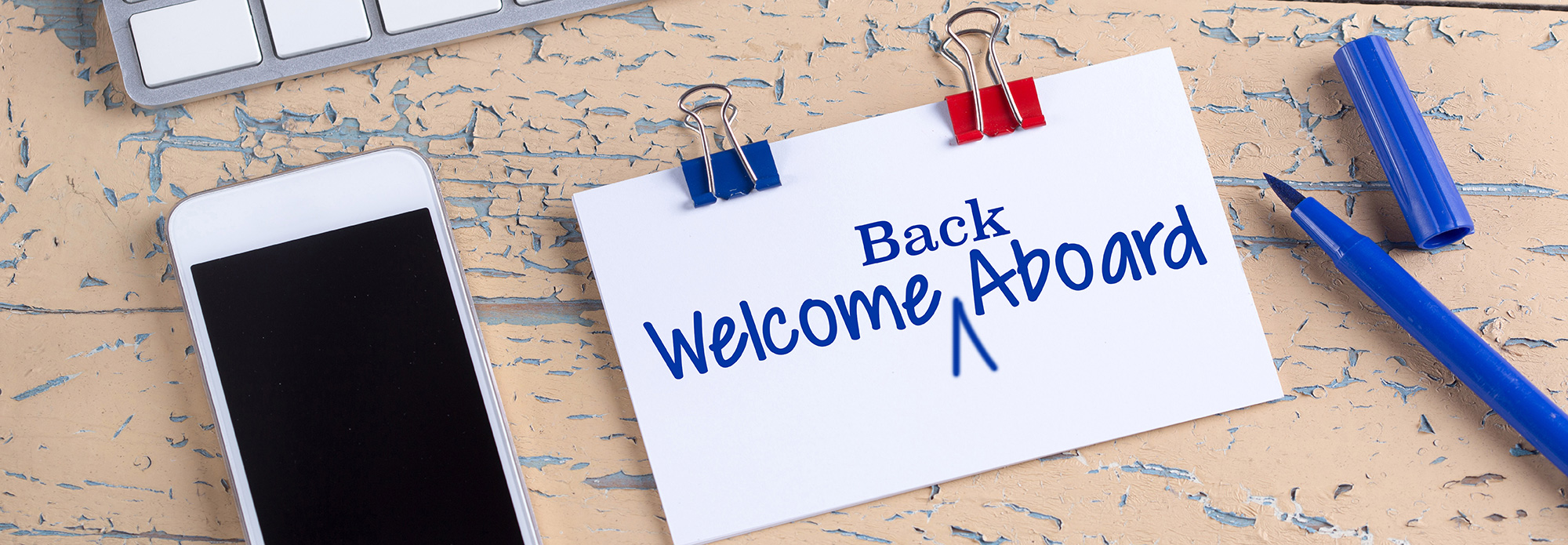With vaccination speeds picking up and case numbers under control, offices are cautiously reopening in many parts of the country. In several cases, employees are returning to their workplace after months of operating remotely.
This is set to be a huge transition, given the pivotal changes that have taken place over the past year. In addition to a slew of new protocols to be followed, fears around health will continue to drive high levels of stress and anxiety. While COVID-19 may become more manageable, it certainly isn’t going to vanish anytime soon.
Employees will also have to cope with the dramatic shift between WFH and life at the office. While working remotely, many teams adopted a very different structure and routine – not to mention many adjustments on the personal front. In his piece for the Chief Learning Officer, David DeFilippo asks a crucial question:
With the learnings and newly institutionalized practices developed from our massive remote work experiment, how do organizations, teams and employees adjust to the next “new normal?”
It’s in this context that I came across the concept of “reboarding” – a great way for companies to approach the return of their employees to the workplace. You are, of course, familiar with “onboarding”, which is a key component of the employee lifecycle. From business orientation to structured learning plans, this is the process by which new hires are integrated into a company and become part of its networks and culture.
Reboarding (as you can probably guess from the word) works along similar lines. It is designed to reintegrate existing employees into an organisation, after a long hiatus. Historically, it has been used after long absences such as maternity leave or sabbaticals. Now, however, the concept has a much wider application.
As offices reopen post lockdown, reboarding can support people as they acclimatise to new workplace routines and norms.
Jesse Finn sums up the benefits neatly in a LinkedIn article:
When your staff have been absent from their role for a long period, there is a steep learning curve to get them up-to-speed on organizational changes and back on top of whatever projects they were working on before their departure. A good reboarding process helps get their head back in the game and dust off their skillset, ready to hit the ground running on day 1.
And it goes beyond that.
Done well, reboarding is just as much about an emotional reconnection – especially in times such as this where your employees have ‘gone through it’ mentally and are in a vulnerable position.
So, this week, my message focuses on reboarding as a means to ease the transition back to working in the office. What steps can leaders and organisations take to support employees through this period of change?
Here are eight suggestions for effectively reboarding employees post-lockdown:
1. Address common concerns.
No matter how obvious they may seem, it’s always helpful when leaders acknowledge the big challenges. That this is a sensitive, uncertain time. That we are in unknown territory. That the pandemic will continue to affect us in ways both foreseen and unforeseen. Just hearing these things said out loud can be incredibly comforting. It emphasises that we are all in this together, and that people aren’t simply expected to snap back to “normal”. To increase impact, experts recommend sharing a personalised video message featuring the company’s leadership.
2. Communicate and reinforce protocols.
It isn’t enough to have a set of updated plans and new policies. You also need to communicate key details around rollout, implementation and compliance, using multiple channels to get the message across. For maximum retention, key information should be shared in short, engaging bursts. In her article for EduMe, Isidora Markovic recommends addressing the following questions around the “rewiring” of your company:
- Have there been changes to workplace safety measures and requirements?
- Have worksites been reconfigured?
- Will shifts be changed or crews alternated to uphold social distancing?
- Are there new HR initiatives or policies?
- Are there, or will there be, new ways of working or an acceleration in automation?
- Will there be a ramped up recruitment effort (or conversely – a downsizing)?
- Are there changes to sick policy?
- Have you set up new ways of serving customers?
3. Create a baseline of clarity.
With the myriad shuffles and shifts over the past 15 months, there is likely to be a fair amount of confusion in the ranks. As offices open their doors once again, leaders need to sit down and clearly redefine roles, responsibilities, structures and processes. Schedule time for these critical discussions with your team members, both individually and as a group.
4. Reinforce your vision, mission and values.
Given the current state of flux, it’s more important than ever to anchor employees in the organisation’s long-term objectives and overarching identity (which have likely been overlooked over the past year). As we climb out of survival mode and look to the future, let a renewed sense of purpose guide the way. This will also help to address people’s feelings of uncertainty and derailment.
5. Re-build office camaraderie.
The pandemic has made it tough to connect organically with co-workers. Despite virtual catch-ups, Slack channels and 24/7 WhatsApp groups, many people have felt isolated from their colleagues. As we return to the office, a lingering sense of remoteness and awkwardness is bound to remain – especially with barriers like face masks and physical distancing in place. Organisations will need to do some extra work to rebuild these vital equations.
Leaders across the hierarchy are best-positioned to reintroduce a sense of community and camaraderie. Start by creating spaces for team members to share their stories, express empathy, and forge a collective vision of what tomorrow might look like. It’s also good to make time for pure enjoyment – something we’ve been missing for too long! Having fun and making new memories together is one of the best ways for colleagues to bond.
6. Deepen the discussion.
Matt Mattson of The Social Excellence Project draws attention to the fact that our pandemic-time interactions have become repetitive and superficial. Nearly every conversation begins the same way: we briefly talk about COVID, exchange the latest statistics, and express our desire for things to go back to normal. As Mattson points out.
Nobody is building connection in a conversation like this. It almost feels like the required way to start any interaction (but it’s not required at all). We have to dive deeper.
He offers the following questions instead – a great way to spark more meaningful dialogues with your team members:
- What has been the best moment for you during these last few months?
- How have all the changes happening in the world impacted you most?
- How are you building connections and friendships through all of this?
- I know a lot has changed, but what are you looking forward to right now?
7. Provide necessary support.
Learning and development forms a key component of the onboarding process. This philosophy should also apply to reboarding. As employees unlearn and relearn how to collaborate and deliver output, gaps will surely emerge. Issues that may have escaped your attention during WFH will become more evident back at the office. Some people need to upskill in order to work with new technologies. Others are struggling to manage their newly-hybrid teams. Leaders must provide necessary support through training programmes, workshops and mentorship.
8. Be patient.
In a piece for Me Learning, Roger Ayres offers leaders this piece of wisdom:
Don’t expect miracles straightaway. Teams may feel and react differently to before and may have inadvertently fractured. There could be a feeling of ‘it’s not how it used to be’, including some initial disappointment.
Keep in mind that your team members need time to adjust – and so do you! Too often, leaders forget to be kind to themselves. As Ayres notes:
Don’t forget that you also have your own needs, hopes and fears. Try to be open and human in your approach, including about how things have affected you as well.
Bringing people back to office after a long lockdown is tricky and fraught with challenges. Taking a “business as usual” approach is inadequate, even counterproductive. The process of reboarding employees should be approached from two standpoints – professional productivity and emotional wellbeing. By supporting their teams in both these ways, leaders can set them up for success in the “new new normal”.








Comments